Campo de Criptana: travelling with Don Quixote
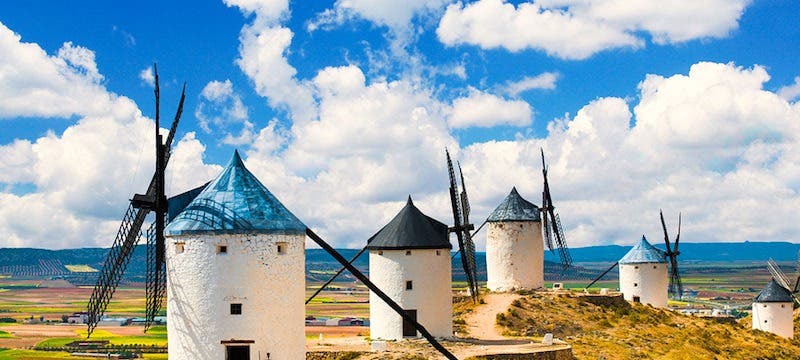
Campo de Criptana is famous because of its windmills. Those enormous white constructions that Don Quixote mistook with giants. But there is much more to this little village that Windmills. Keep reading and feel the magic of Castilla.
The landscape of Criptana offers us a rich contrast between the elevation where the town is located and the marked horizontality of the La Mancha plain that surrounds it. The Záncara River crosses the region and creates important lagoon complexes in the area. The oldest urban nucleus was located where we can today find the sanctuary of Cristo de Villajos. Like many towns in La Mancha, it was for many centuries of Muslim rule. In 1212 the Order of Santiago took good care of it.
Table of Contents
The Mills
Undoubtedly, Criptana’s greatest attraction is its mills, located in the Sierra de la Paz. Then of them have reached our time and are very well preserved. But just some centuries ago, in 1752, a much larger number of them was recorded: 34. The existent ones were in use until the 50s and three of them have been declared Cultural Heritage because of their antiquity. They date back to the 16th century and they keep their original mechanisms. To preserve the machinery, the Mills work every Saturday.
One of the mills, called the Burleta, dates from 1555, is 6 m in diameter and has 12 windows oriented according to the twelve different wind directions. The Infante and the Sardinero were built in the year 1500. The other seven were built after 1900: Culebro hosts the museum of Sara Montiel, the Chimera is dedicated to the poet Vicente Huidobro, the Garcilaso hosts thematic contents related to farming, Cariari with the cinema, the Lizard with poetry and Pylon with wine.
Main monuments of Campo de Criptana
The deposit
From the 16th century, and during the reign of Carlos III, The deposit was used as a bank location. But not the usual one. Under the control of the City Council, this institution lent grain to the farmers at a time of famine in anticipation of the next harvest. At present, there is an Ethnographic Museum that collects different models related to mills and traditional activities in the area.
Convento del Carmen
The baroque church of Convento del Carmen, from the late seventeenth century, shows a typical Jesuit floor and preserves an image of the Virgen del Carmen, whose face belongs to the circle of Salzillo.
The City Centre
Walking through the streets of Campo de Criptana we can find some particular constructions like the house of La Tercia. It dates back to the sixteenth century and relates to the collections made by the Order of Santiago. The house of the Count of Cabezuelas, from the 17th century, holds a heraldic shield of the Baillo family on its facade and an interesting wooden balcony. As an example of the nineteenth century´s architecture, you will enjoy Don Miguel’s house.
Religion
Campo de Criptana also has some very interesting hermitages of interest: the True Cross Hermitage, was built on the XVI Century, the Hermitage of Santa Ana, from the same period and rebuilt in the 19th century, the Hermitage of Madre de Dios, of the seventeenth century and the Hermitage of San Cristóbal.
The sanctuary of Cristo de Villajos, located 4 km from the town, has an Interpretation Center.
The Sanctuary of the Virgin of Criptana rests about 2 km from town. On a hill where the Castle of Chitrana might have been the main building some time ago.
In Campo de Criptana the main holidays correspond to religious events. For example, the festivities in honour of the Blessed Virgin of Criptana, on Easter Monday. And the Most Holy Christ ofVillajos, that takes place from August 23 to 28. Carnival, Holy Week and the International Music Festival are other important dates you might want to consider to plan your visit to Campo de Criptana.
Arts in Campo de Criptana
The City Council has arranged a space for artisans, ESART, with spaces dedicated to Severiano Lucas, who recreates in miniature the most characteristic ethnographic elements of Criptana and La Mancha. The one dedicated to Antonio Manjavacas, who works in wire, cars, galleys, mills, buildings and characters of Don Quixote. And the one dedicated to Eloy Teno, who features sculptures around Quixote, La Mancha and Campo de Criptana.
What to eat in Campo de Criptana
The typical dishes are the Manchegas porridge with tripe (usually accompanied by lean pork, chorizo and fried bacon), the migas de pastor, the lamb stew, the Manchego ratatouille, the garlic soups, the scrambled eggs with onion and the manchego cheese.
Campo de Criptana might not be the biggest city in Spain but is certainly interesting and much charming. Visit it with Exoticca and discover all the secrets it hides. You will have the experience to remember many times.

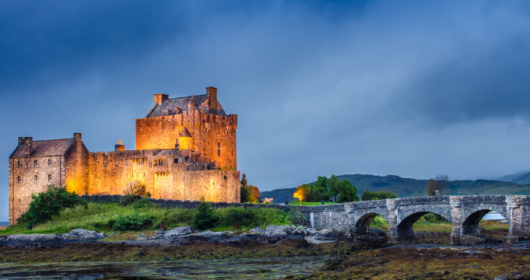
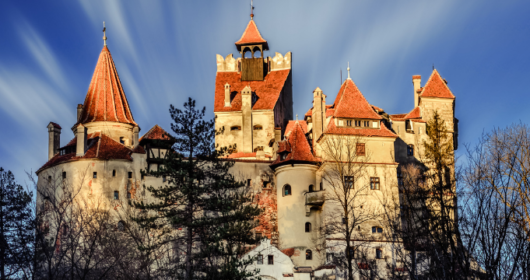
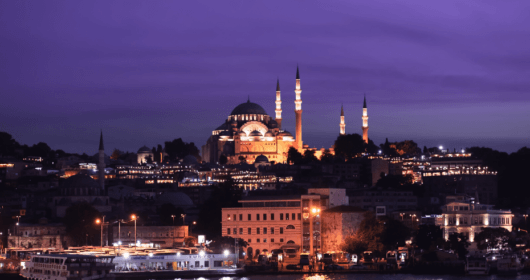
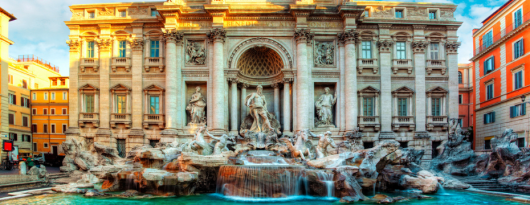

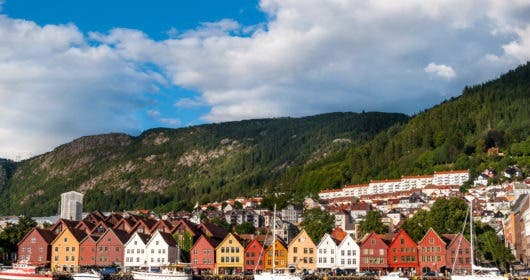
Leave a Reply
You must be logged in to post a comment.